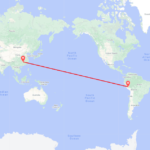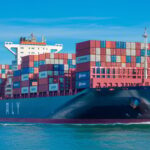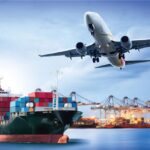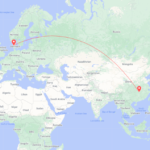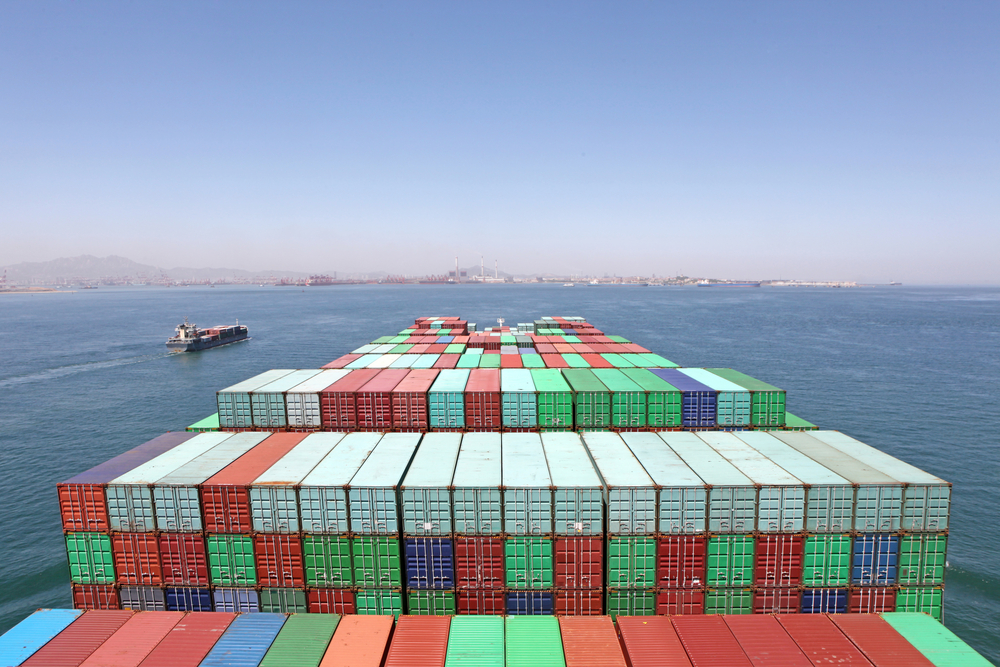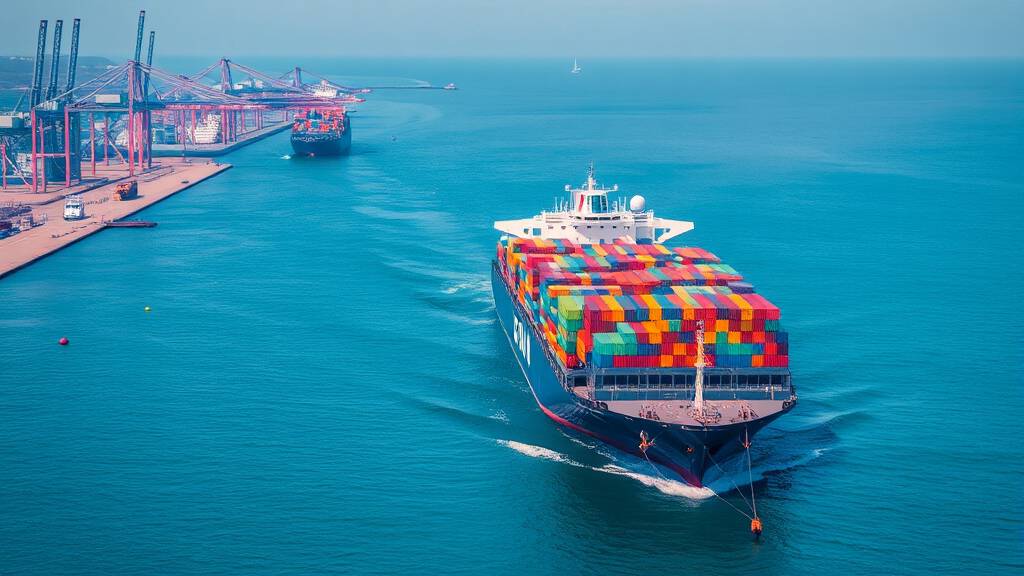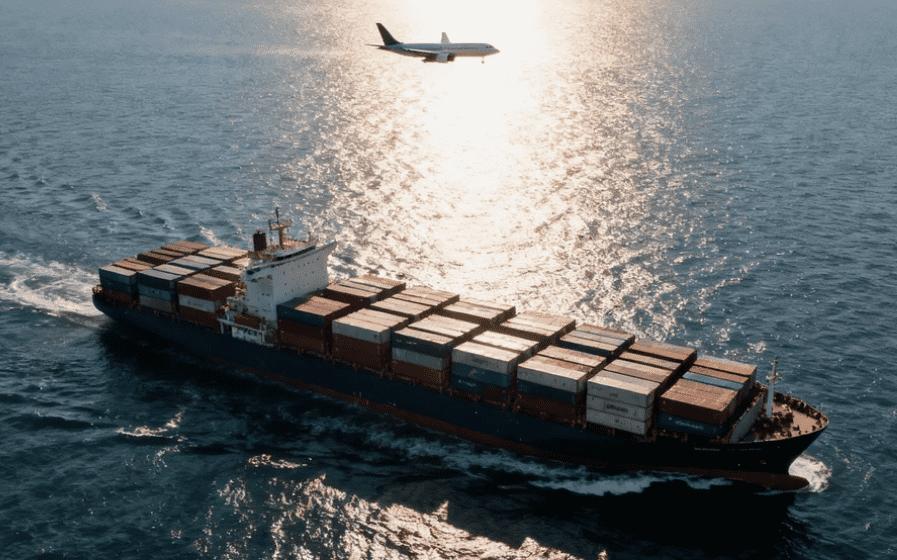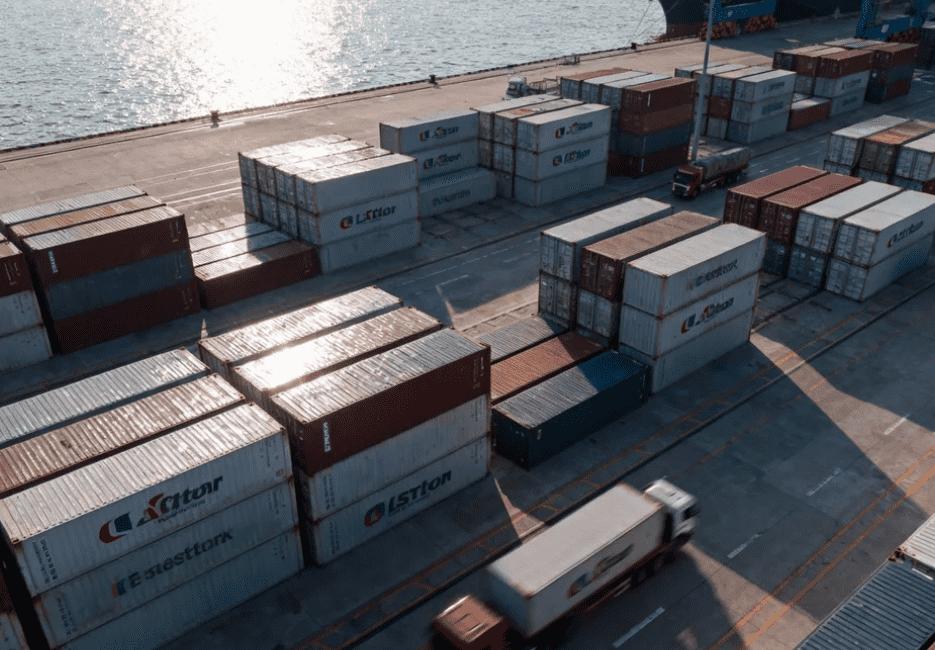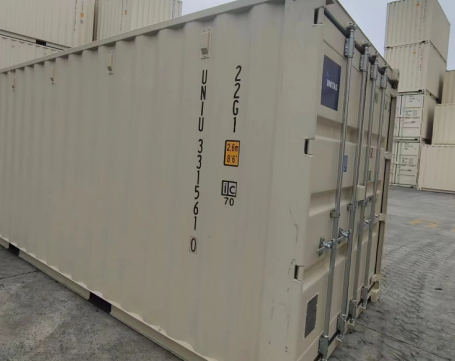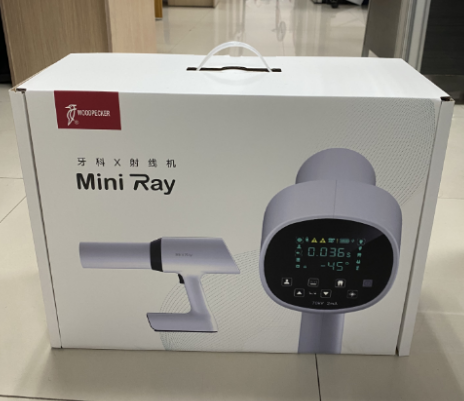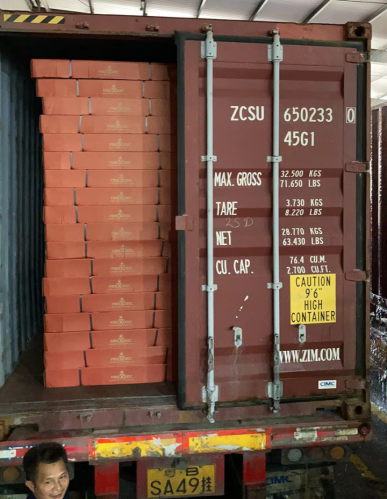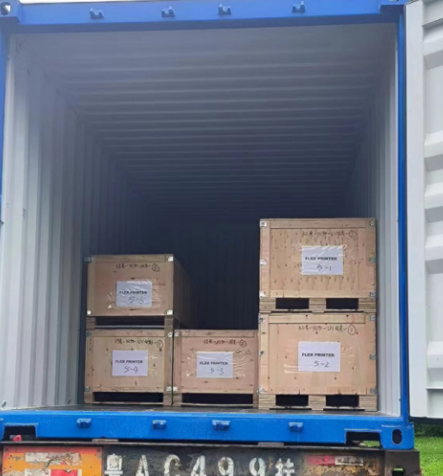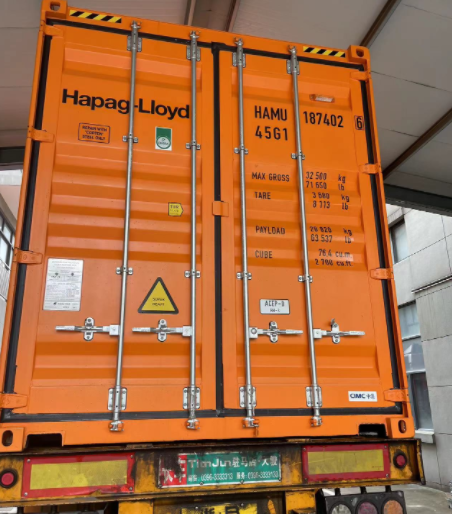Are you curious about the shipping rates from China to Peru and how they can impact your business?
In this blog, we will delve into the various factors influencing shipping costs and provide insights into the different shipping services available. From comparing air freight and sea freight to tips for reducing costs, this comprehensive guide will equip you with the knowledge needed to navigate the complexities of international shipping. Get ready to explore how to make informed decisions and optimize your shipping strategy!
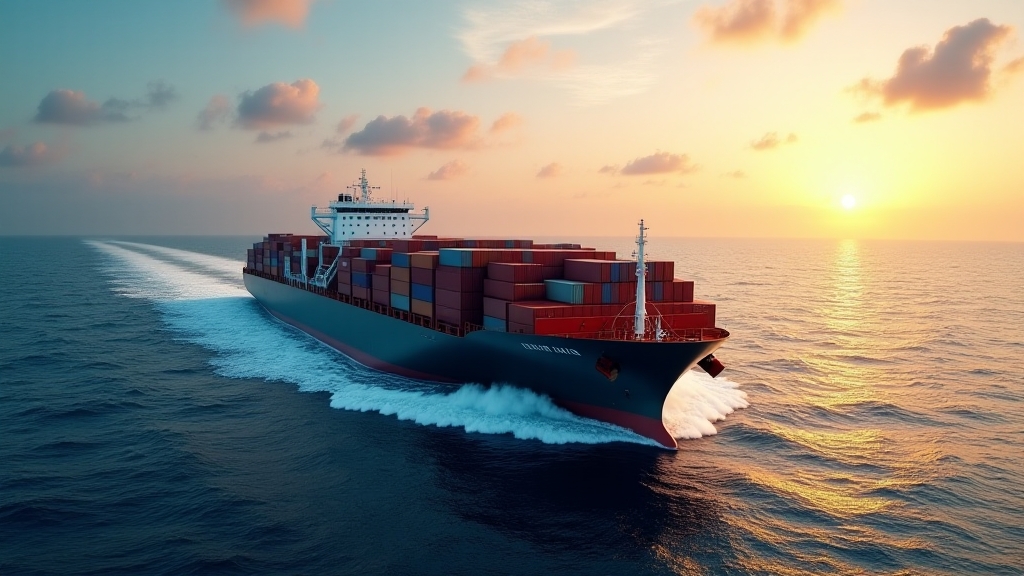
Understanding Shipping Rates from China to Peru
Shipping rates from China to Peru can vary significantly based on multiple factors, making it essential for importers to understand the underlying dynamics that influence these costs. By comprehending these factors, businesses can make informed decisions when planning their logistics strategy, ensuring they choose the most cost-effective and efficient shipping solutions.
Factors Influencing Shipping Costs from China to Peru
Distance and Route: The distance between China and Peru plays a crucial role in determining shipping costs. Longer distances typically incur higher transportation fees. Additionally, the chosen shipping route can affect transit times and costs.
Shipping Method: The mode of transport—air freight or sea freight—greatly influences costs. Air freight is generally faster but more expensive than sea freight, which is more economical for larger shipments. For more details, check our guide on air freight options.
Cargo Type and Weight: The nature of the goods being shipped impacts costs. Items that are heavy or require special handling may incur higher fees. Additionally, dimensional weight pricing may apply to lightweight but bulky items. For specific shipping needs, consider our freight forwarding services.
Seasonality: Shipping costs can fluctuate based on seasonal demand. Peak seasons, such as holiday periods, often lead to increased rates due to higher shipping volume.
Freight Forwarder Fees: Different freight forwarders have varied pricing structures. Choosing a reliable and cost-effective provider, such as Dantful International Logistics, can help you manage shipping costs effectively.
Fuel Prices: Changes in fuel prices can directly impact shipping rates, as carriers often adjust their charges based on fuel surcharges.
Types of Shipping Services and Their Costs
When shipping from China to Peru, various services are available. Below is a comparative table highlighting the types of services, their typical costs, and estimated transit times:
| Shipping Method | Typical Cost (USD) | Estimated Transit Time | Service Description |
|---|---|---|---|
| Air Freight | $5-$10 per kg | 5-10 days | Fast shipping for urgent deliveries, ideal for high-value goods. |
| Sea Freight | $1,000-$2,500 per container | 20-40 days | Economical option for bulky or non-urgent shipments. |
| Rail Freight | $1,200-$3,000 per container | 10-20 days | A middle ground between air and sea freight, often used for bulk goods. |
| Consolidated Freight | $2-$4 per kg | 20-40 days | Cost-effective for smaller shipments; multiple shipments consolidated into one. Learn more about consolidated freight. |
Importers should evaluate the most suitable shipping method based on their budget, urgency, and type of goods. Dantful International Logistics provides comprehensive shipping options, including ocean freight, air freight, and consolidated freight services, ensuring a tailored solution for your logistics needs.
Comparing Air Freight and Sea Freight from China to Peru
Understanding the advantages and disadvantages of air freight and sea freight is vital when deciding how to ship goods from China to Peru.
Advantages and Disadvantages of Air Freight
Advantages:
- Speed: Air freight is the fastest shipping option, suitable for urgent shipments.
- Reliability: Airlines typically have strict schedules, leading to more predictable arrival times.
- Less Risk of Damage: Goods are handled less frequently than in sea freight, reducing the likelihood of damage.
Disadvantages:
- Cost: Air freight is significantly more expensive than sea freight, which can be a barrier for large shipments.
- Weight Limitations: Airlines often have stricter weight limitations compared to shipping lines.
Advantages and Disadvantages of Sea Freight
Advantages:
- Cost-Effective: Sea freight is generally cheaper for transporting large volumes of goods over long distances.
- Capacity: Ships can carry a vast amount of cargo, making it ideal for bulk shipments.
- Versatility: Suitable for a wide variety of goods, including oversized and heavy items.
Disadvantages:
- Longer Transit Times: Sea freight takes considerably longer than air freight, making it unsuitable for urgent shipments.
- Port Delays: The potential for delays at ports can disrupt delivery schedules.
In conclusion, the choice between air freight and sea freight will depend on the specific needs of your shipment. For tailored logistics solutions, consider partnering with Dantful International Logistics, where we offer a comprehensive range of freight forwarding services designed to meet your global trading requirements.
How to Calculate Shipping Costs from China to Peru
When importing goods from China to Peru, understanding how to calculate shipping costs is crucial for budgeting and planning. Shipping costs can significantly affect the final price of imported products, and knowing the various components involved will help you make more informed decisions.
Understanding Dimensional Weight Pricing
One of the primary methods freight carriers use to determine shipping costs is dimensional weight pricing. This pricing model takes into account both the actual weight and the volume of the package. The formula for calculating dimensional weight is:

By using this formula, you can compare the dimensional weight to the actual weight of your shipment. Carriers will charge based on whichever is greater.
- Example: If a package weighs 10 kg but its dimensions suggest a dimensional weight of 15 kg, the shipping charge will be based on 15 kg.
Understanding dimensional weight is essential for importers, as it can often lead to unexpected costs if not accurately calculated. Many freight forwarders, including Dantful International Logistics, can assist you in determining the best packaging options to minimize dimensional weight and thus reduce shipping costs.
Additional Fees and Charges to Consider
In addition to the basic shipping rate, there are several other fees and charges that may apply when shipping goods from China to Peru:
| Type of Fee | Description |
|---|---|
| Customs Duties | Taxes imposed by the Peruvian government on imported goods. The rate varies depending on the product classification. |
| Handling Fees | Charges for loading and unloading your cargo during transport. |
| Insurance Fees | Optional fee to insure your shipment against loss or damage. |
| Terminal Fees | Charges for using shipping terminals in both the origin and destination ports. |
| Storage Fees | Costs incurred if your shipment is held in a warehouse for an extended period. |
It’s important to factor in these additional costs when calculating your overall shipping budget. Working with a knowledgeable freight forwarder like Dantful International Logistics can help ensure you understand all potential charges and avoid unexpected expenses.
Read More:
- Shipping From China To Netherlands
- Shipping From China To Spain
- Shipping From China To Germany
- Shipping From China To France
- Shipping From China to Italy
- Shipping From China To Poland
- Shipping From China to United Kingdom
Tips for Reducing Shipping Costs from China to Peru
Reducing shipping costs is a significant concern for many importers. Implementing effective strategies can help you save money and optimize your shipping process.
Effective Packaging Strategies
Proper packaging can significantly affect shipping costs. Here are some effective strategies:
- Use Lightweight Materials: Choose packaging materials that are strong yet lightweight. This can help reduce dimensional weight.
- Optimize Package Size: Use packaging that closely fits the dimensions of your products to avoid paying for unused space.
- Flat Packing: If applicable, flat packing items can reduce volume, making them easier to ship and often cheaper.
- Avoid Excessive Packaging: While protection is essential, excessive packaging can increase weight and volume, leading to higher shipping costs.
By carefully planning your packaging approach, you can minimize costs while ensuring your products arrive safely.
Consolidating Shipments for Cost Efficiency
Consolidating shipments is another effective way to reduce shipping costs. Here are some tips:
- Combine Smaller Orders: If you have multiple smaller orders from different suppliers, consider consolidating them into one shipment. This can often yield lower shipping rates than sending each order individually.
- Group Shipments by Destination: For businesses that regularly import to Peru, grouping shipments going to the same destination can help you take advantage of bulk shipping rates.
- Use Consolidated Freight Services: Many freight forwarders, including Dantful International Logistics, offer consolidated freight services. This means your goods will share a container or cargo space with other shipments, significantly cutting costs.
By adopting these strategies, you can effectively manage and reduce your shipping expenses when importing goods from China to Peru. Working with a professional logistics provider can help streamline these processes, allowing you to focus on other aspects of your business. For more information on shipping options, check out Shipping From China to Peru.
Choosing the Right Freight Forwarder for Shipping to Peru
When importing goods from China to Peru, the selection of a reliable freight forwarder is critical to ensure a seamless shipping process. A professional freight forwarder can navigate the complexities of international logistics, including customs regulations and shipping schedules.
Key Qualities of a Reliable Freight Forwarder
Experience and Expertise: A reliable freight forwarder should have extensive experience in shipping to Peru. Their familiarity with the required regulations and procedures can save you time and reduce the likelihood of complications.
Comprehensive Service Offerings: Look for a freight forwarder, such as Dantful International Logistics, that provides a wide range of services including Ocean Freight, Air Freight, Customs Clearance, and Door to Door delivery. This one-stop solution can simplify your logistics needs.
Transparency in Pricing: A trustworthy freight forwarder will provide clear and detailed quotes with no hidden charges. Understanding the total cost upfront helps you budget effectively.
Strong Customer Support: Good communication is essential in logistics. Your freight forwarder should offer responsive customer service to address your concerns and provide updates throughout the shipping process.
Positive Reviews and References: Research the freight forwarder’s reputation by checking customer reviews and testimonials. A provider with a strong track record will have satisfied clients willing to recommend their services.
Questions to Ask Your Freight Forwarder
Before making a decision, consider asking the following questions to ensure the freight forwarder meets your shipping needs:
- What is your experience with shipping goods to Peru?
- Can you provide a detailed breakdown of your shipping costs, including any additional fees?
- What services do you offer in addition to freight forwarding, such as warehousing or insurance?
- How do you handle customs clearance and what documentation will be required for my shipment?
- What is your policy for tracking shipments and how often will I receive updates?
Understanding Customs Regulations for Shipping from China to Peru
Navigating customs regulations can be one of the most challenging aspects of importing goods. Knowing the necessary documentation and potential issues can help streamline the process.
Required Documentation for Importing Goods
When shipping from China to Peru, the following documents are typically required:
Commercial Invoice: This document outlines the transaction between the buyer and seller, detailing the goods being shipped along with their value.
Packing List: This list provides information about the contents of each package, including dimensions and weight.
Bill of Lading: This serves as a receipt for the shipped goods, providing proof of the contract of carriage.
Certificate of Origin: Certain goods may require a certificate indicating where the goods were manufactured, which may affect duty rates.
Import License: Depending on the type of goods being imported, you may need to obtain a specific license from the Peruvian government.
Common Customs Challenges and Solutions
Importing goods can present various challenges, but understanding potential issues can help you prepare adequately:
Delayed Shipments: Customs clearance can be delayed if documentation is incomplete or incorrect. Ensure all paperwork is accurate and complete before shipment to avoid unnecessary delays.
Unexpected Fees: Import duties and taxes can sometimes be higher than anticipated. Consult with your freight forwarder to understand the applicable tariffs and potential for changes in duty rates.
Restricted or Prohibited Goods: Some items may be restricted or prohibited from importation into Peru. Research the regulations concerning specific products to avoid penalties or loss of goods.
Language Barriers: Communication with customs officials can sometimes be challenging. Working with a freight forwarder who is fluent in both English and Spanish can facilitate smoother interactions.
By choosing a professional freight forwarder like Dantful International Logistics, and being well-informed about customs regulations, you can navigate the complexities of shipping from China to Peru more effectively, ensuring a successful importation process.

Young Chiu is a seasoned logistics expert with over 15 years of experience in international freight forwarding and supply chain management. As CEO of Dantful International Logistics, Young is dedicated to providing valuable insights and practical advice to businesses navigating the complexities of global shipping.


